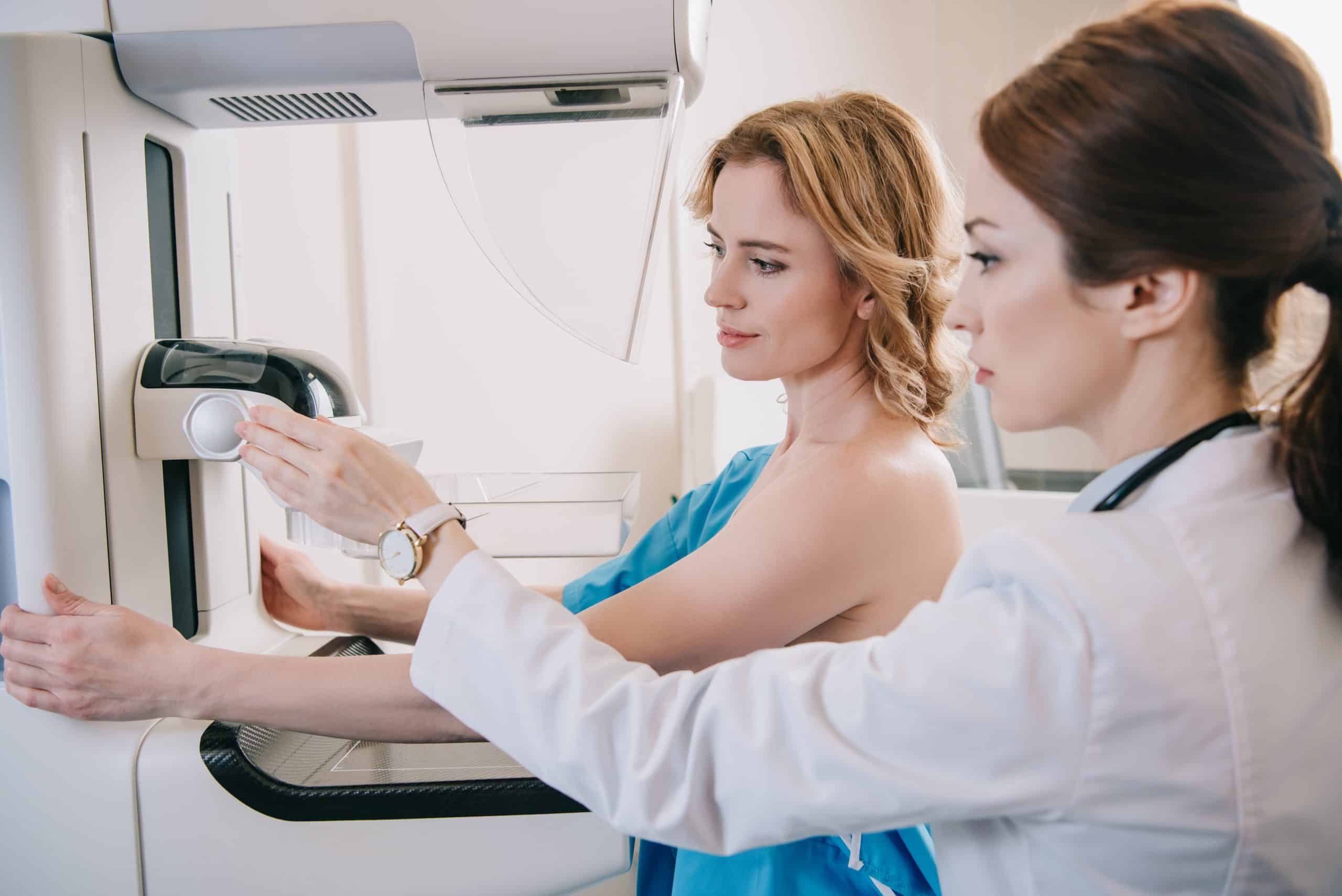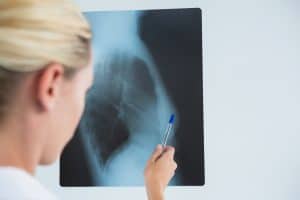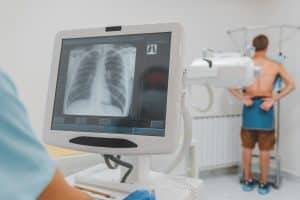Valence Medical Imaging, serving the areas of Toronto, Brampton, Whitby, and Niagara Falls, is committed to providing patients with the most comprehensive and safest breast imaging options. We understand that many patients are concerned about radiation exposure, especially when undergoing regular mammography. Let’s demystify this topic by diving deep into the realm of mammography, radiation, and safety.
What is a Digital Mammogram?
A digital mammogram is a procedure that uses X-rays to produce images of the breast. It’s an essential tool in breast cancer screening. Unlike traditional film mammograms, digital mammograms store and display the image on a computer, allowing for enhanced visualization.
Understanding Radiation Exposure
Radiation exposure during a mammogram is a natural concern for many. However, it’s important to note that the dose of radiation in modern mammography is very low and is strictly regulated by health authorities. To put it in perspective, the radiation exposure from a single mammogram is less than the natural background radiation one might receive from the environment over a few months.
The Importance of Breast Cancer Screening
Routine breast cancer screening helps in early detection of tumors, which in turn increases the chances of successful treatment. For many women, especially those over 40 or those with family histories of breast cancer, mammograms are a key part of their health monitoring.
Addressing Dense Breasts
Having dense breasts means there’s a higher amount of fibrous and glandular tissue compared to fatty tissue. Dense breasts can make it more challenging to spot tumors on mammograms, which is why additional imaging, like a breast ultrasound, might be recommended.
BI-RADS Classification: Making Sense of Your Results
The BI-RADS Classification is a system used to categorize findings from mammography in a standardized manner. This helps radiologists and referring physicians communicate results more clearly and guides potential next steps.
Advancements in Imaging: Breast Tomosynthesis
Breast tomosynthesis, also known as 3D mammography, captures multiple images of the breast from different angles, providing a more detailed and layered view. This can be particularly beneficial for women with dense breasts.
When A Regular Mammogram Isn’t Enough: Diagnostic Mammogram
If an abnormality is detected during routine screening, a diagnostic mammogram may be ordered. This is a more detailed examination focused on the area of concern.
Beyond Mammograms: Breast Biopsy & Ultrasound
If an area of concern isn’t easily identifiable through mammography or tomosynthesis, a breast biopsy might be necessary. This involves taking a small sample of breast tissue for lab analysis. Alternatively, a breast ultrasound can be used to examine suspicious areas, distinguishing between cysts (fluid-filled sacs) and solid masses.
At Valence Medical Imaging, we prioritize your health and safety. While understanding radiation exposure is crucial, it’s equally important to recognize the benefits of mammography in early cancer detection. We utilize the latest technologies to ensure efficient, effective, and safe breast imaging for all our patients across Toronto, Brampton, Whitby, and Niagara Falls.
For more information or to schedule an appointment, please contact our dedicated team of experts today. Your health is our top priority.





